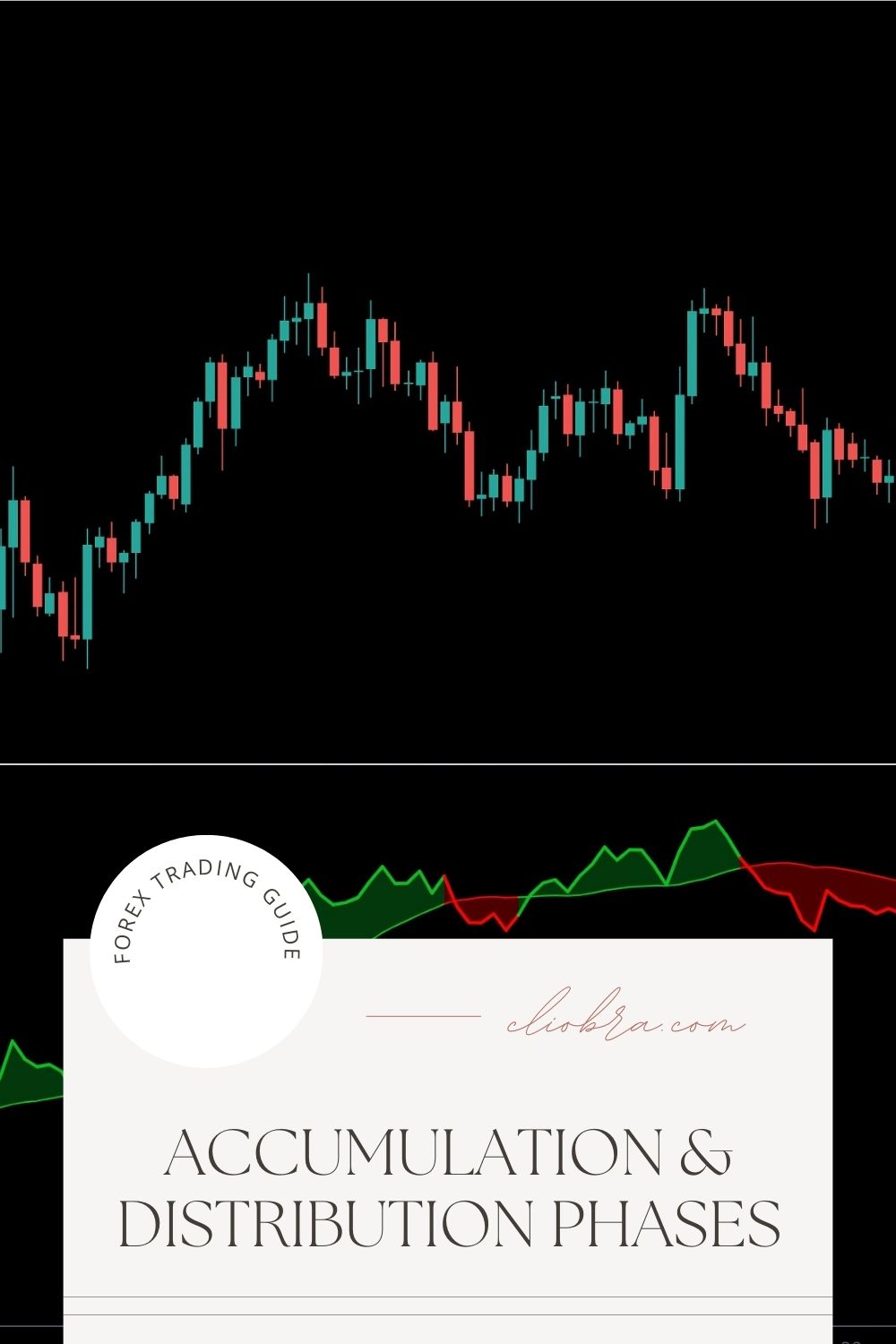Last Updated on March 28, 2025 by Arif Chowdhury
Ever find yourself staring at price charts, wondering where the market’s headed next?
You’re not alone.
Many traders grapple with identifying key phases in the market.
Understanding the accumulation and distribution phases is crucial for making informed trading decisions.
So, let’s break it down in a way that makes sense and keeps things interesting.
What Are Accumulation and Distribution Phases?
These phases represent the two critical stages in a market cycle:
- Accumulation Phase: This is where smart money is buying. Prices are generally stable, and the market is gathering strength. Think of it as the calm before the storm.
- Distribution Phase: Here, smart money is selling. The market is often volatile, and prices climb as the last of the retail traders jump in. This phase usually leads to a price drop.
Why Should You Care?
Stats show that around 70% of retail traders lose money.
Understanding market phases can significantly tilt the odds in your favor.
When you know where you are in the cycle, you can make better decisions.
Let’s dive into how to spot these phases using price structure.
Spotting the Accumulation Phase
You want to look for certain signs:
- Flat price action: Prices move sideways for a while.
- Volume spikes: Look for increased trading volume in this phase. It often indicates buying interest.
- Support levels: Prices tend to bounce off support multiple times.
When you see these signs, it’s time to consider entering a position.
Spotting the Distribution Phase
This phase can be trickier, but here’s what to look for:
- Rising prices with decreasing volume: This often signals that the market is losing steam.
- Resistance levels: Prices struggle to break through resistance multiple times.
- Sudden price drops: If you see a sharp decline after a rally, it’s likely distribution.
Recognizing these signs can help you exit a position before the market turns.
Why Price Structure Matters
Price structure is all about the highs and lows of price movements.
Understanding these patterns can help you make informed decisions.
- Higher highs and higher lows: Indicates an uptrend, often seen in accumulation.
- Lower highs and lower lows: Indicates a downtrend, typically in distribution.
By analyzing price structure, you can gauge the market’s health.
My Proven Strategy
As a seasoned Forex trader since 2015, I’ve developed a unique strategy that incorporates these principles.
It’s about looking for those key phases and acting accordingly.
And here’s the kicker—I’ve created 16 sophisticated trading bots that automate this entire process for you.
Each bot is strategically diversified across major currency pairs like EUR/USD, GBP/USD, USD/CHF, and USD/JPY.
This multi-layered approach minimizes risk and maximizes potential returns.
And guess what? I’m offering access to this EA portfolio completely FREE.
You can check it out here and see how it can enhance your trading game.
Best Practices for Trading These Phases
- Always use stop-loss orders: Protect your capital.
- Stay updated on news: Economic events can affect market phases dramatically.
- Trade only during optimal hours: Liquidity is crucial for successful trades.
By incorporating these practices, you can better navigate the complexities of the market.
Recommended Brokers
Finding the right broker is essential for executing your strategies effectively.
I’ve personally tested several brokers and recommend checking them out.
You can find the best Forex brokers here.
These brokers offer tight spreads and excellent customer support, making your trading experience smoother.
Wrapping It Up
Trading the accumulation and distribution phases using price structure doesn’t have to be a guessing game.
With the right knowledge and tools, you can navigate the market with confidence.
Remember to keep an eye on price action, look for key indicators, and consider leveraging technology to enhance your trading strategy.
And if you’re ready to take your trading to the next level, don’t forget to explore my 16 trading bots for a robust trading experience.
You can dive into that here.
Happy trading!
